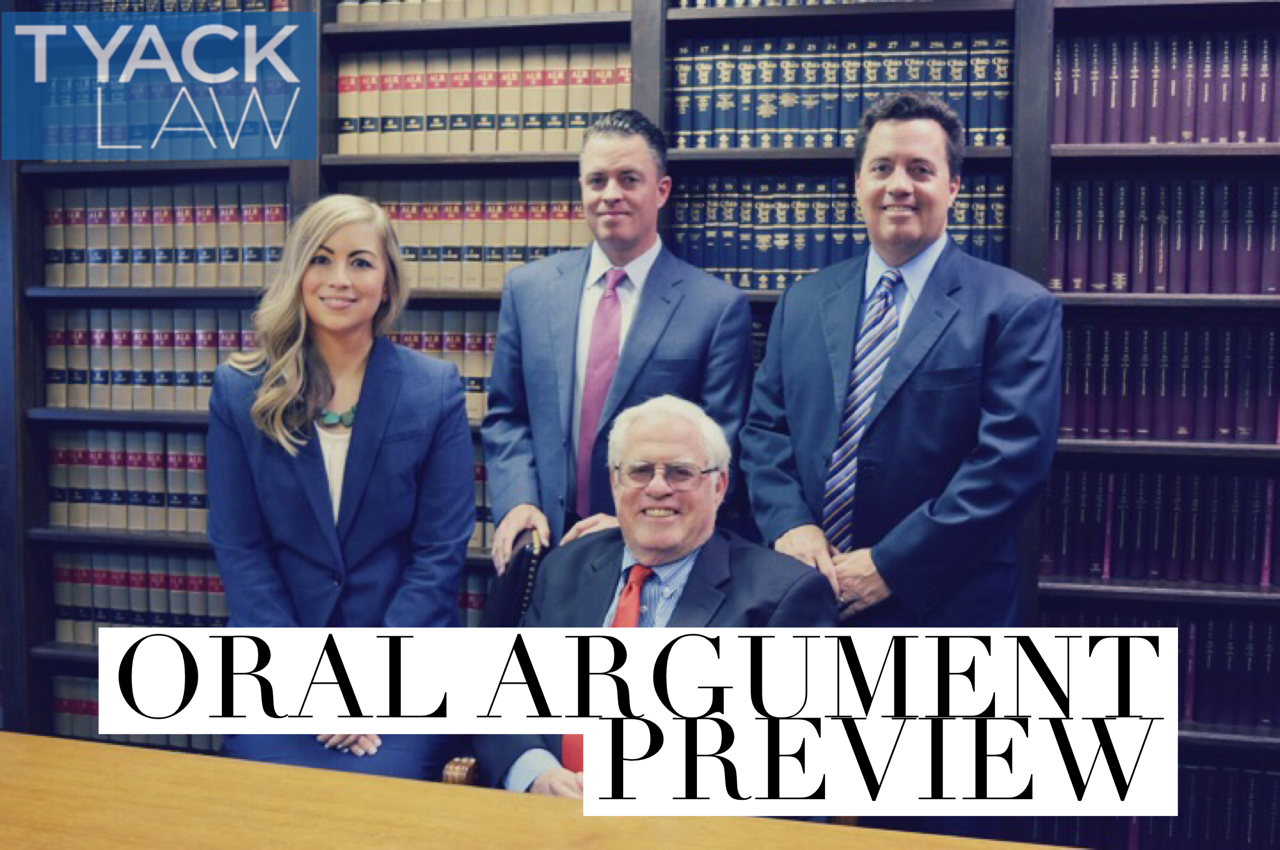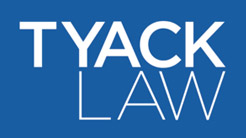
By: Holly Cline
On July 31, 2018, the Supreme Court of Ohio will consider whether a School Safety and Security Supervisor, who is obligated to report his findings to police, must Mirandize a minor before questioning him in the presence of a police officer at school.
Factual and Procedural History
In that case—In re L.G. (2017-0877)—a school resource officer was instructed by Dayton Public Schools Executive Director of Safety and Security, Jamie Bullens, to question L.G., a thirteen-year-old boy, about a bomb threat at a school. As the Executive Director of Safety and Security, Bullens was in charge of twenty-six (26) school resources officers. These school resources officers were trained as peace officers with the power to arrest at schools; however, they did not carry weapons.
After Bullens—a retired police officer and detective of twenty-three (23) years—spoke with the Dayton Police Department (DPD), L.G. was identified as a suspect. At Bullens’s direction, a school resource officer, acting under Bullens’s command, brought L.G. to Bullens and DPD officers for questioning in the school’s cafeteria. Although Bullens conducted the questioning, the DPD officers were approximately five feet away. At least two of the DPD officers were uniformed and armed.
At trial, Bullens initially testified that he told L.G. he did not have to answer any questions, Bullens later admitted—after reviewing his own report—that he did not inform L.G. that he could refuse to answer questions. Thus, L.G. was never informed of his Miranda rights prior to questioning.
L.G. admitted to making the bomb threat during Bullens’s questioning. Immediately after the questioning concluded, L.G. was taken into custody by a police officer who was present during the questioning.
DPD filed a complaint against L.G. in the Montgomery County Juvenile Court for Inducing Panic, a second-degree felony offense. Defense counsel moved to suppress L.G.’s statement to Bullens on the grounds that Bullens failed to Mirandize L.G., in violation of L.G.’s rights against self-incrimination under the Fifth Amendment of the Constitution of the United States and Article I, Section 10 of the Ohio Constitution. The magistrate granted L.G.’s motion, and the juvenile court upheld that decision.
The State appealed the court’s decision granting L.G.’s suppression motion to the Second District Court of Appeals. The appellate court ruled, in a split decision, that Bullens was required to give L.G. Miranda warnings prior to questioning. The State subsequently appealed that decision to the Supreme Court of Ohio.
Relevant Law and Arguments
The protections of the Fifth Amendment to the United States Constitution (“No person shall * * * be compelled in any criminal case to be a witness against himself”), and Article I, Section 10 of the Ohio Constitution (“No person shall be compelled, in any criminal case, to be a witness against himself), in conjunction with the Miranda warning requirements set forth by the Supreme Court of the United States[1], only apply when a suspect has been subjected to custodial interrogation.
State’s Argument
In its merit brief, the State argued that L.G. was not subjected to a custodial interrogation. “Custodial interrogation” has been defined to mean questioning initiated by law enforcement officers after a person has been taken into custody or otherwise deprived of his freedom of action in any significant way.[2] In order to determine whether a person is in custody for purposes of receiving Miranda warnings, courts must first inquire into the circumstances surrounding the questioning and, second, given those circumstances, determine whether a reasonable person would have felt that he or she was not at liberty to terminate the interview and leave. Once the factual circumstances surrounding the interrogation are reconstructed, the court must apply an objective test to resolve the ultimate inquiry of whether there was a formal arrest or restraint on freedom of movement of the degree associated with a formal arrest.[3]
The Ohio Supreme Court has held that the duty of giving Miranda warnings is limited to employees of government agencies whose function is to enforce law, or to those acting for such law enforcement agencies by direction of the agencies.[4] According to the State, Bullens was not acting under the direction of law enforcement when he questioned L.G.. Specifically, the State argued that the presence of police would not automatically transform a private interview into state action. Neither would Bullens’s shared goals with law enforcement nor Bullens’s appearance as a law enforcement officer to L.G. The State also noted that DPD did not exercise control over Bullens’s questioning, and that L.G. was not in custody at the time of the questioning.
Thus, the States will argue to the Supreme Court of Ohio on Tuesday that L.G. was not subject to a custodial interrogation because (1) he was not interviewed by a law enforcement officer, or a person working under the direction or control of law enforcement, and (2) he was not in custody at the time of his interview.
L.G.’s Argument
L.G. argued in his merit brief that Bullens was either acting as an agent of law enforcement—because he had a duty under Ohio law to report the information he obtained from L.G. to the police—or in a law enforcement capacity.
L.G. also argues that he was—or reasonably believed he was—in custody at the time Bullens was questioning him. Notably, the Supreme Court of the United States has required heightened consideration of the facts surrounding a non-Mirandized admission by a minor.[5] In L.G.’s case, he was only thirteen-years-old at the time Bullens questioned him. No parent was present, and the questioning took place in the school cafeteria with multiple uniformed DPD officers and other figures of authority present. Thus, counsel for L.G. argued that L.G. reasonably would not have felt free to leave and at least believed himself to be “in custody” at the time of Bullens’s questioning such that any statements he made were not voluntarily and freely given.
[1] Miranda v. Arizona, 384 U.S. 436 (1966) (“[T]he prosecution may not use statements, whether exculpatory or inculpatory, stemming from custodial interrogation of the defendant unless it demonstrates the use of procedural safeguards effective to secure the privilege against self-incrimination. By custodial interrogation, we mean questioning initiated by law enforcement officers after a person has been taken into custody or otherwise deprived of his freedom of action in any significant way. As for the procedural safeguards to be employed, unless other fully effective means are devised to inform accused persons of their right of silence and to assure a continuous opportunity to exercise it, the following measures are required. Prior to any questioning, the person must be warned that he has a right to remain silent, that any statement he does make may be used as evidence against him, and that he has a right to the presence of an attorney, either retained or appointed.”)
[2] Id. at 444.
[3] State v. Hoffner, 102 Ohio St.3d 358, 2004-Ohio-3430, ¶ 27 (citations and quotations omitted).
[4] State v. Bolan, 27 Ohio St.2d 15 (1971).
[5] JDB v. North Carolina, 131 S.Ct. 2394 (2011) (Age a relevant factor when determining whether an interrogation is custodial for Miranda purposes).
Talk with an experienced Lawyer today
Fill out the form to get started with your case evaluation.













